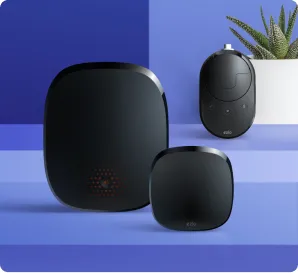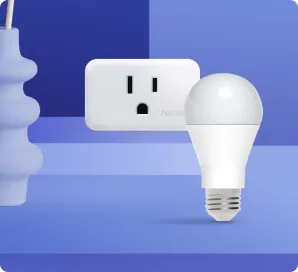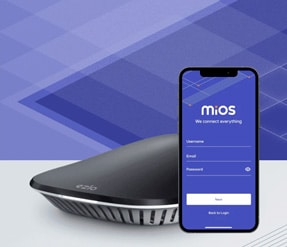How a Humidity Sensor Brings Comfort to Your House
Your house is an ecosystem with many moving parts. It takes a lot of know-how and upkeep from your plumbing to your thermostat to keep everything in robust shape and run smoothly. When one part breaks or fails, it can interfere with the entire system leading to energy waste and eventually money.
Your HVAC system is one of these crucial parts. It contains several key components that work together to regulate your indoor temperature, including the blower, ducts, and filters. But most importantly, your HVAC also has a humidity sensor that plays a significant role in regulating the moisture levels in your home.
What is a humidity sensor?
Humidity sensors are gadgets that use technology to determine the humidity level or moisture content in the air. They can also monitor other parameters such as temperature and motion, among others. Humidity sensors are helpful in various applications, including medical and industrial processes, weather forecasting, agriculture, and smart homes.
How Humidity Sensor Works
A suitable humidity sensor will show you the humidity of your house at any given time. So, for example, if your house gets humid whenever it rains outside, or if it’s drier when you haven’t been home for a few days, setting up an automated response with a smart plug can help prevent mold growth and wood warping.
Humidity sensors can help you control your home temperature to your comfort in the following ways:
- Humidity sensors monitor the moisture content and temperature in your home. They can trigger indoor fans to ventilate a room, adjust the thermostat level or even turn on a dehumidifier to provide much-needed relief during hot, humid summer days. In addition, it can help prevent mold from growing in other rooms.
- By preventing condensation such as on mirrors or windows that could cause mold growth or damage woodwork, it can help protect your house from costly repairs.
- Improving air quality and reducing allergens such as dust mites can help you breathe easier.
Types of humidity sensors
Humidity sensors are available as a single piece or part of an integrated circuit that includes a temperature sensor and microprocessor.
The following are the types of humidity sensors:
Resistive (capacitive) sensors
Resistive sensors are the most common humidity sensors that work by measuring the change in electrical resistance produced by changes in moisture. They have a very accurate, predictable relationship between relative humidity and output voltage and are inexpensive. However, restive sensors are susceptible to contamination, and freezing temperatures can damage them.
Thermal conductivity sensor
Thermal sensors measure the difference in thermal conductivity between air and water vapor, which is not as predictable as capacitive sensors. As a result, these sensors are less expensive but not as accurate as capacitive sensors. In addition, they require calibration for each measurement session. Thermal conductivity sensors are also more susceptible to contamination than resistive, capacitive sensors.
Choosing the best humidity sensor for your home

If you want to monitor the air quality in your home, you’ve got a lot of options. Some sensors can measure just one thing, such as humidity or temperature, and others can tell you a lot more. Here’s how to choose what’s suitable for your home.
Size of your space
The size of your home or property will help dictate how many humidity sensors you need and where you place them.
Display Modes
Most humidity monitors display the current humidity level in your home or office. However, some models offer additional features such as time and date, temperature readings, and even alarms.
Extra features
Many digital hygrometers feature a maximum and minimum reading memory function that records the highest and lowest relative humidity levels within 24 hours. Some devices also offer a “hold” function that lets you freeze the current reading on display.
Reading accuracy
When comparing products, research and test them against other trusted humidity measurement devices over several days. Most humidifiers have an accuracy rating of plus or minus 3 to 5 percent.
Ease of Use
Look for models that are easy to read and operate. A backlight feature is handy if you plan on using the sensor in dimly lit areas of your home or at night.
Conclusion
Humidity has a significant impact on the comfort of your home. The right humidity level makes it possible to enjoy better health, sleep, and stress-free living during any season of the year. But before you start shopping for a humidity sensor, there are a few things you need to know about the different types available.
Humidity is an important measurement to keep track of in your home. It can affect your health, comfort, and the home itself. Several sensors are available to help you monitor the humidity levels in your home.


















